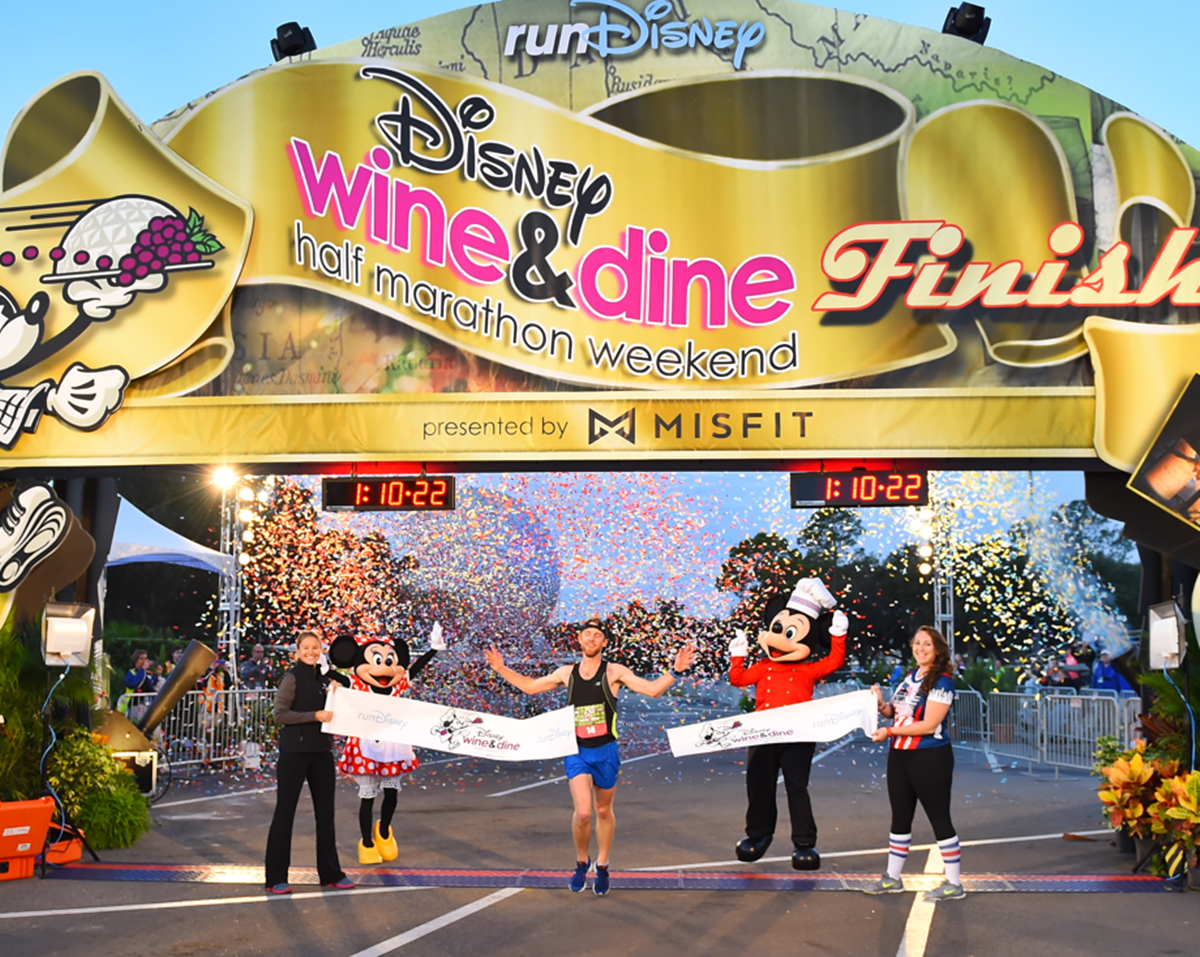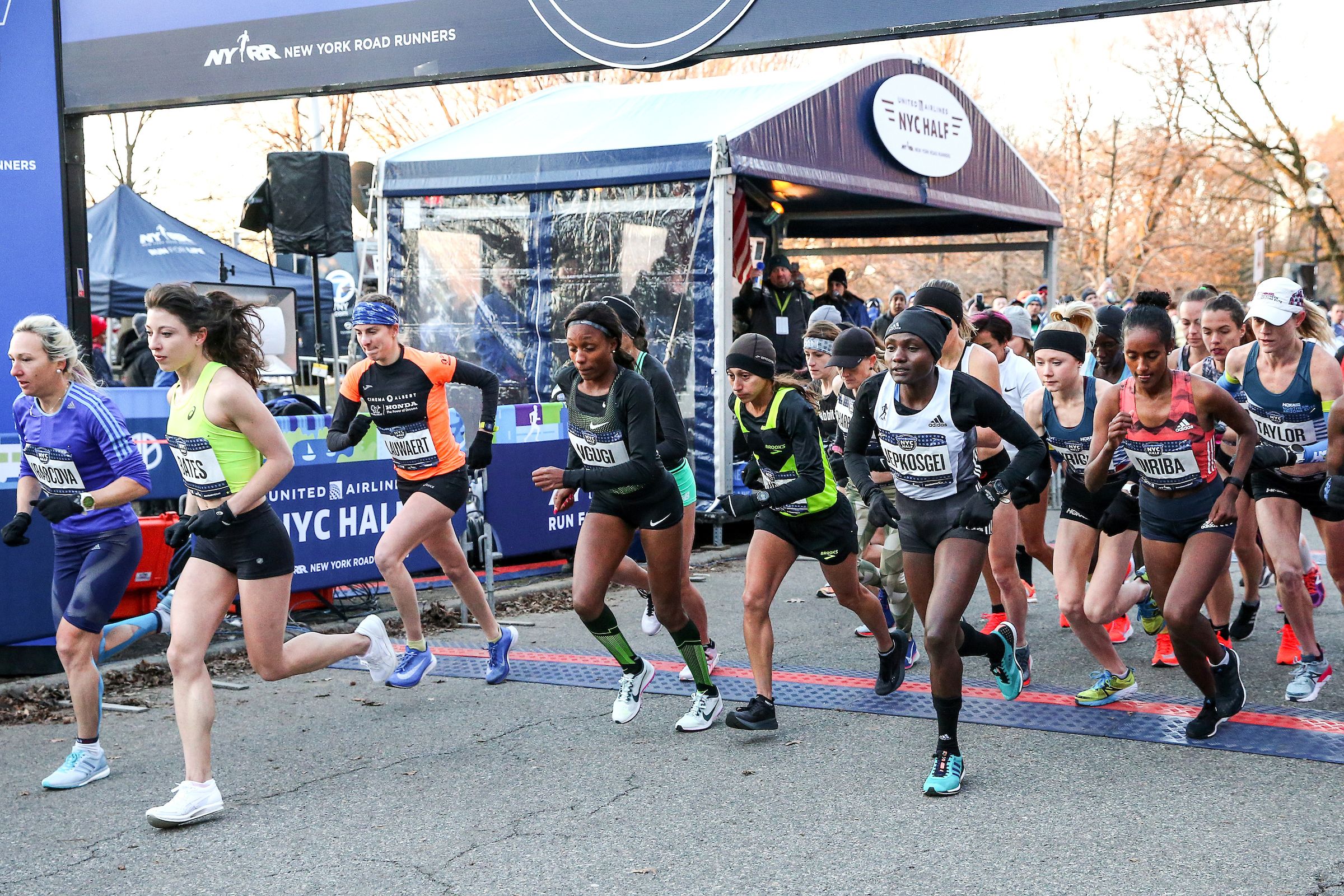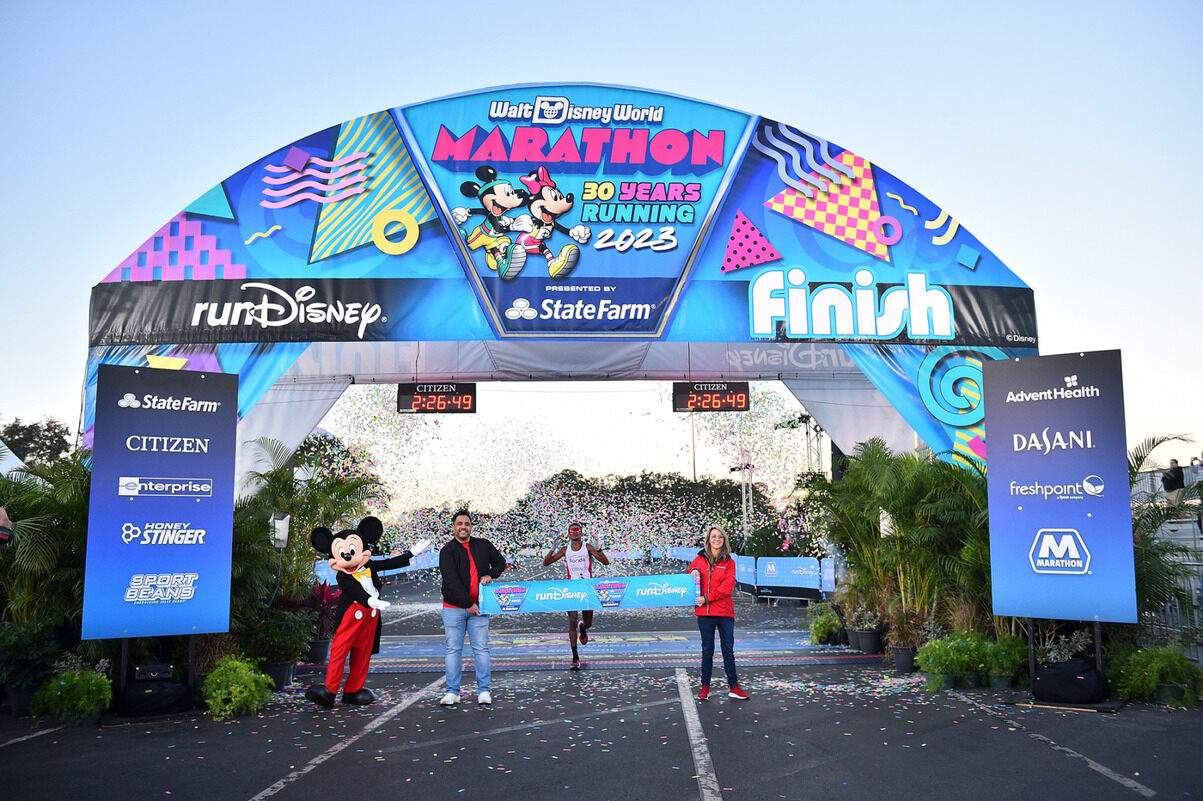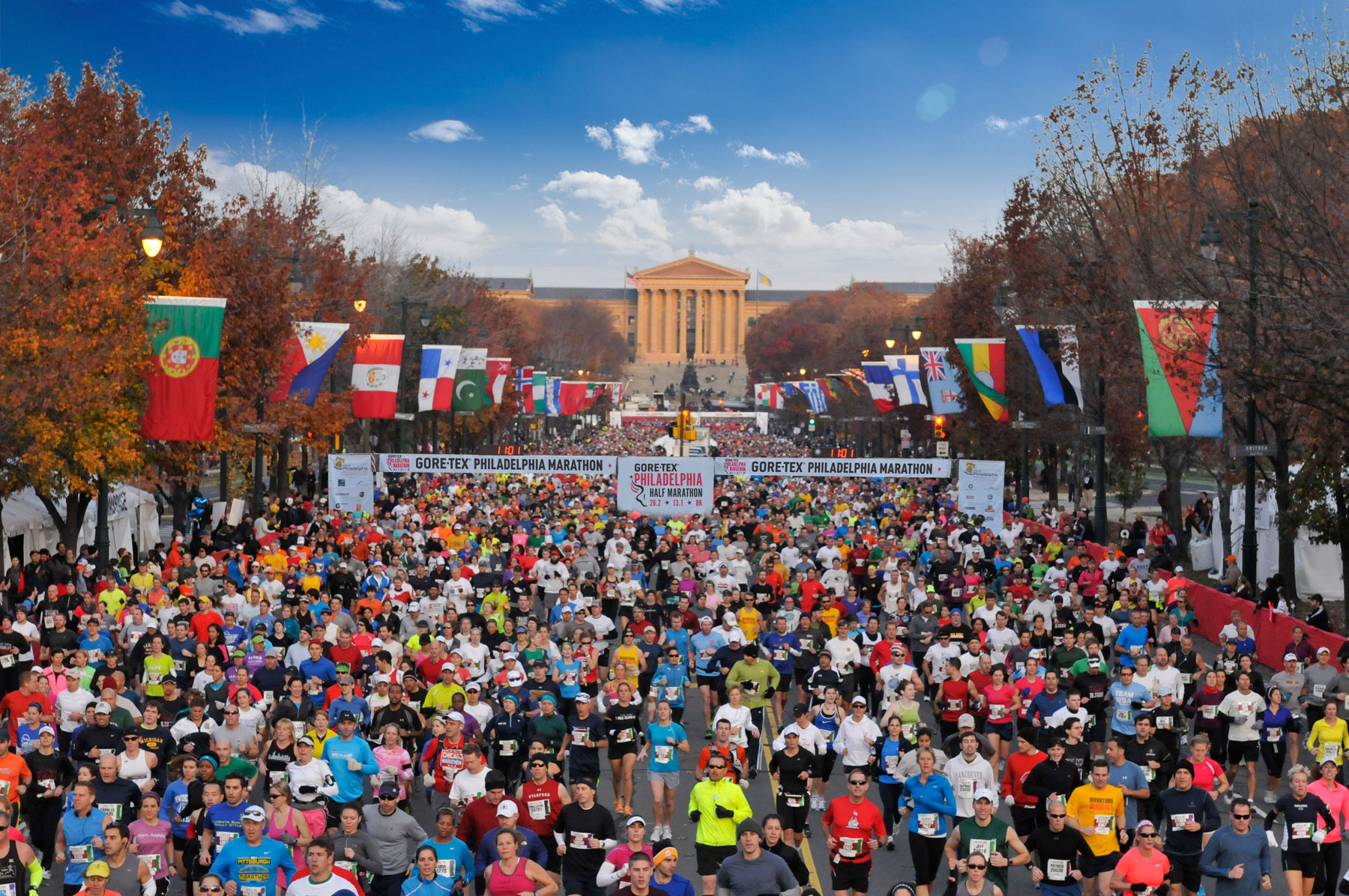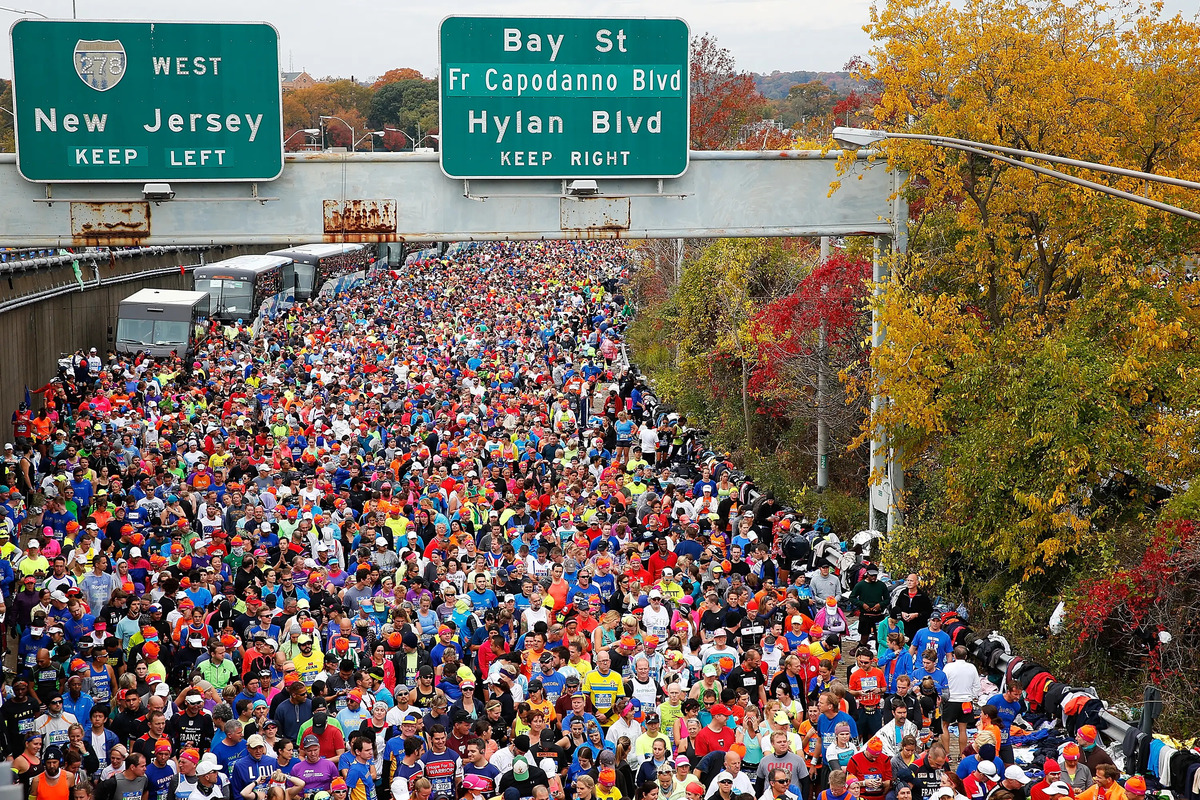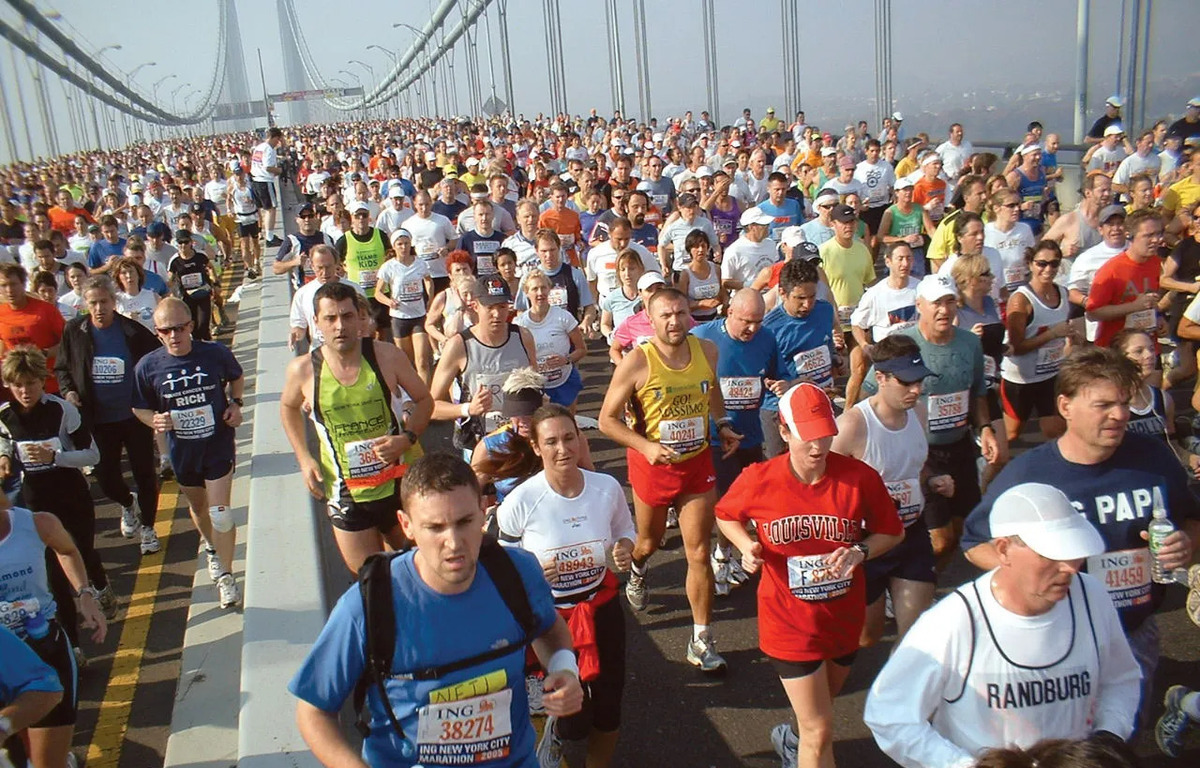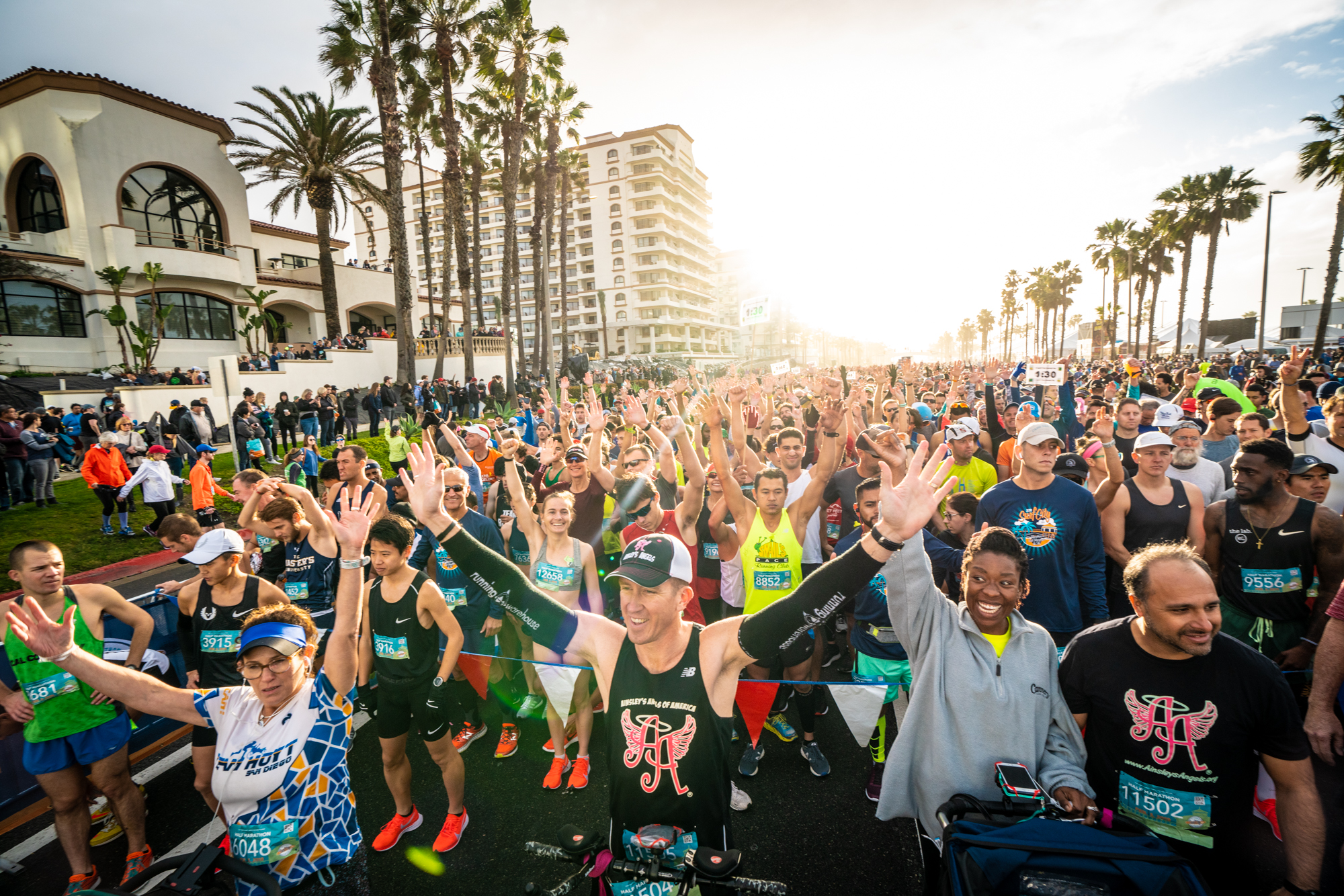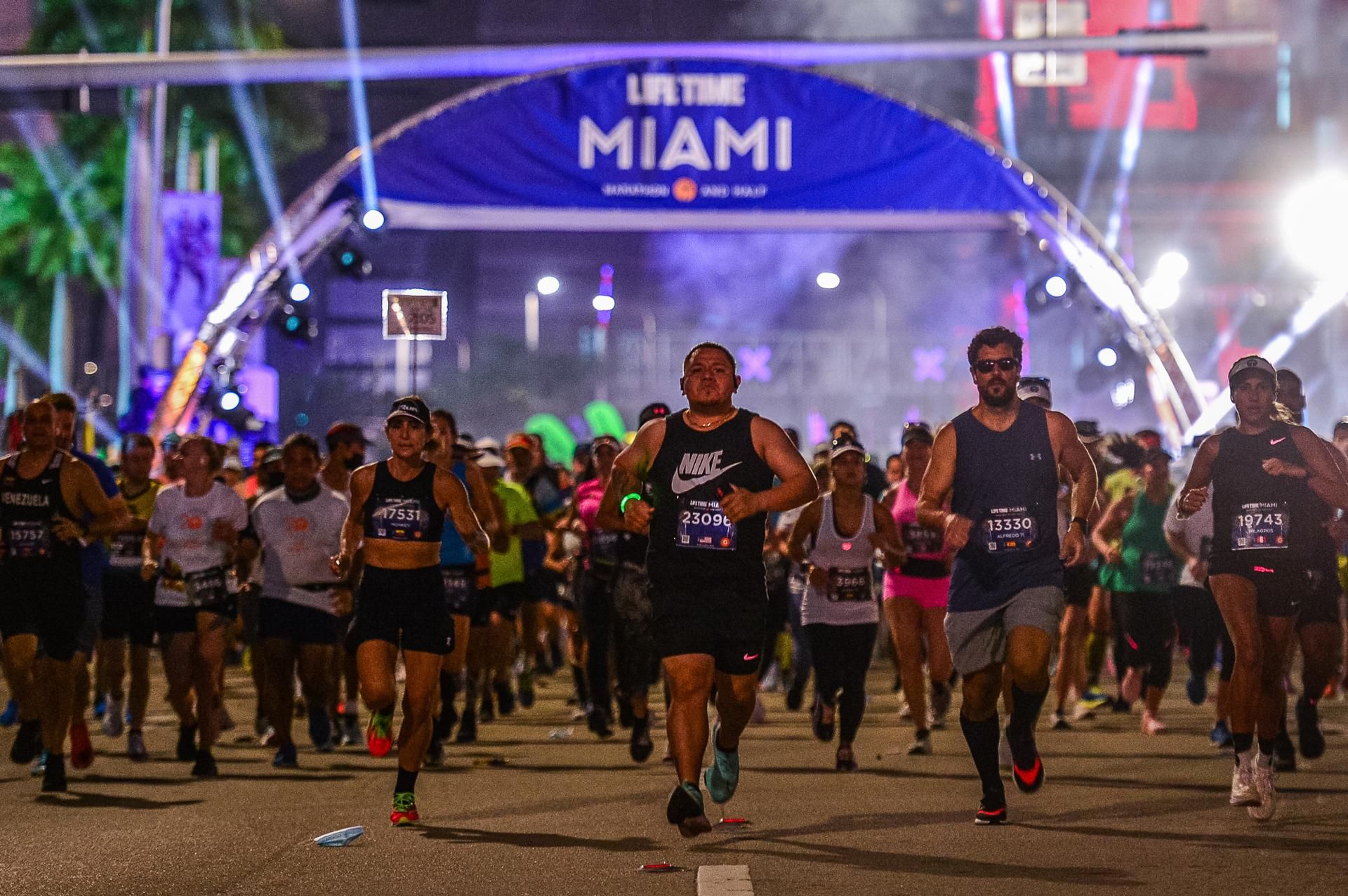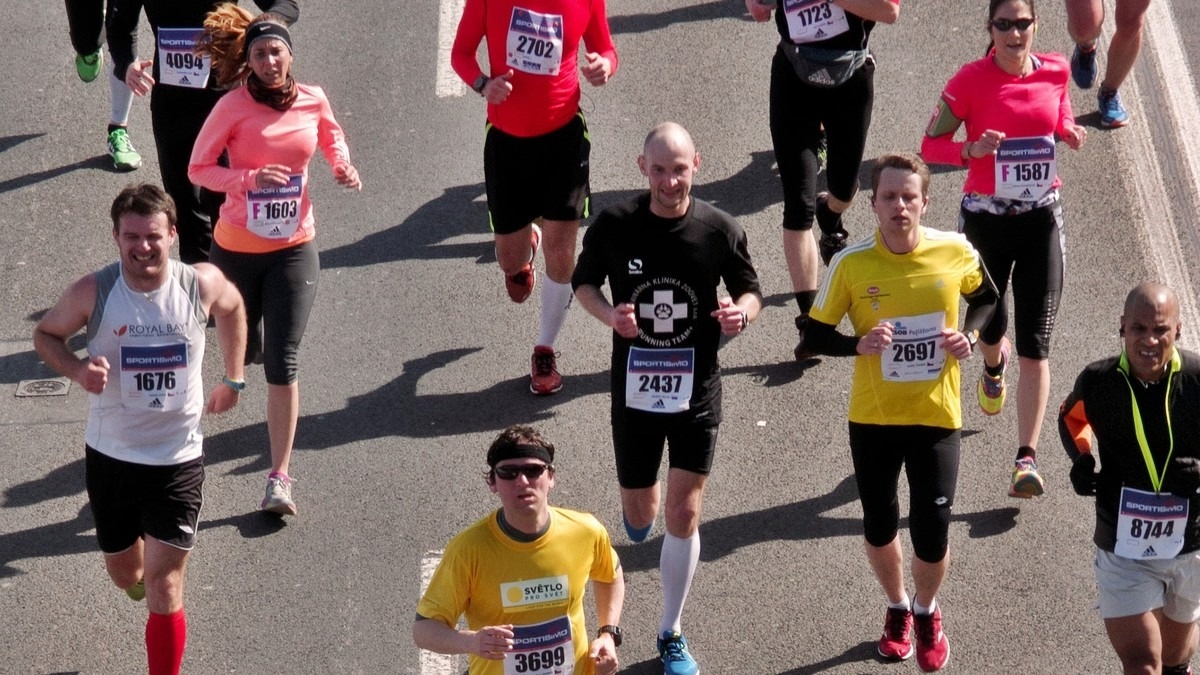Home>Misc>Featured>How To Photograph Long Distance Running Without Runners


Featured
How To Photograph Long Distance Running Without Runners
Modified: August 21, 2023
Learn how to capture stunning action shots of long distance runners without having any runners in the frame. Get featured on this unique photography technique.
Introduction
Photographing long distance running events can be both challenging and rewarding. The energy and excitement of a race can provide great opportunities to capture dynamic and impactful images. However, there may be situations where you want to capture the essence of a race without any runners present. Whether it’s to showcase the environment, highlight the anticipation before the start, or convey a sense of emptiness, photographing long distance running without runners can be a unique and creative approach.
In this article, we will explore the various techniques and strategies to effectively photograph long distance running without runners. We will discuss how to select the right location, use creative framing techniques, and utilize post-processing techniques to enhance the narrative of an empty race. So, whether you’re a professional photographer looking for new challenges or an amateur enthusiast with a passion for capturing unique moments, this article will provide you with the guidance and inspiration to successfully document the essence of long distance running without runners.
Understanding the challenge of photographing long distance running without runners
Capturing the essence of long distance running without any runners can present a unique set of challenges for photographers. One of the main challenges is the absence of the focal point – the runners themselves. Without the presence of runners, it becomes crucial to find creative ways to convey the sense of energy, movement, and anticipation that is synonymous with long distance running.
Another challenge is creating compelling and visually interesting compositions. Without the visual interest provided by the runners, photographers need to find alternative elements within the scene to capture the viewer’s attention. This could include incorporating the race environment, such as the starting line, the race route, or the spectators, to create a visually appealing composition.
Lighting is also a crucial aspect to consider when photographing an empty race scenario. The time of day and the direction of light greatly impact the mood and atmosphere of the photograph. Photographers should pay close attention to the quality and direction of light, and adapt their shooting techniques accordingly to enhance the visual impact of the photograph.
Furthermore, capturing the dynamic nature of long distance running without runners can be challenging. The sense of movement and energy that the runners bring to a race can be difficult to convey when they are not present. However, through the use of creative techniques such as long exposure or panning, photographers can create images that evoke a sense of motion and excitement.
Lastly, finding the right balance between showcasing the absence of runners and maintaining a sense of realism can be a challenge. It is important to avoid creating images that appear staged or manipulated. Instead, strive for authenticity by capturing the scene as naturally as possible, while still creatively expressing the concept of an empty race.
By understanding and acknowledging these challenges, photographers can approach the task of photographing long distance running without runners with a strategic and creative mindset. In the following sections, we will explore various techniques and strategies to overcome these challenges and create captivating photographs that effectively convey the essence of an empty race.
Selecting the right location for capturing empty race scenarios
When it comes to photographing a race without any runners, selecting the right location is paramount. The location sets the stage for the story you want to tell through your photographs. Here are some key factors to consider when choosing a location:
1. Race Route: Look for a location along the race route that has visually appealing features and interesting elements. This could include iconic landmarks, scenic views, or unique architectural structures. By incorporating these elements into your composition, you can add depth and visual interest to your photographs.
2. Starting Line or Finish Line: The starting line or finish line areas can provide captivating opportunities to capture the anticipation and excitement of a race. These locations often have vibrant energy and can evoke a sense of anticipation even in the absence of runners. Experiment with different camera angles and perspectives to capture the essence of these areas.
3. Spectator Areas: Spectator areas can be great locations to depict the absence of runners while still capturing the energy of the race. Focus your attention on capturing the reactions and emotions of the spectators in these areas. This can help to convey the atmosphere and excitement of the event, even without the presence of runners.
4. Surrounding Scenery: Pay attention to the surrounding scenery when selecting a location. Look for interesting backgrounds or natural elements that can enhance the visual impact of your photographs. Elements such as trees, bodies of water, or wide open spaces can add depth and texture to your images.
5. Time of Day: Consider the lighting conditions during the time of day you plan to photograph the empty race scenario. Early mornings and late afternoons often provide soft and warm light, which can add a touch of magic to your images. Experiment with different lighting conditions to create the mood and atmosphere you desire.
Remember, the location you choose should align with the story you want to tell and the emotions you want to evoke. Take the time to scout potential locations before the race, and visualize how you want your photographs to look. By carefully selecting the right location, you can create powerful images that effectively convey the concept of an empty race.
Utilizing creative framing techniques to emphasize the absence of runners
When photographing an empty race scenario, creative framing techniques can play a crucial role in emphasizing the absence of runners and capturing the viewer’s attention. Here are some techniques to consider:
1. Leading Lines: Utilize leading lines in your composition to guide the viewer’s eye towards the empty race scenario. This could be a straight road, a curving path, or a row of bleachers leading towards the race route. Leading lines can create a sense of depth and draw attention to the focal point of the photograph.
2. Negative Space: Embrace negative space in your composition to give emphasis to the absence of runners. Negative space refers to the empty areas in the frame that surround the main subject. By allowing a significant amount of negative space in your photographs, you can create a powerful visual impact and highlight the emptiness of the race.
3. Environmental Elements: Incorporate environmental elements such as barriers, race signage, or empty water stations to convey the concept of an empty race. These elements not only add context to the photograph but also emphasize the absence of runners. Experiment with different angles and perspectives to creatively capture these elements in your frame.
4. Framing with Architecture: If your location has unique architectural structures, utilize them to frame your composition. This can provide a visually engaging frame within the frame, drawing the viewer’s attention towards the empty race scenario. Window frames, archways, or bridges can all serve as effective framing elements to emphasize the absence of runners.
5. Reflections: Look for opportunities to capture reflections in your photographs. Reflections on bodies of water, windows, or mirrored surfaces can add a surreal and artistic element to your images. By incorporating reflections, you can create a sense of depth and visual interest, while also emphasizing the absence of runners through the reflection.
Remember, the goal is to use creative framing techniques to draw attention to the absence of runners and tell a compelling visual story. Experiment with different framing techniques and perspectives to find the most effective way to convey the concept of an empty race in your photographs.
Utilizing long exposure to capture the dynamic nature of long distance running
Long exposure photography is a powerful technique that can be used to capture the dynamic nature of long distance running, even when there are no runners present. By extending the exposure time, you can create images that convey a sense of motion, energy, and excitement. Here’s how you can effectively utilize long exposure in your empty race scenarios:
1. Choosing the right shutter speed: The key to successful long exposure photography is selecting the appropriate shutter speed. A longer shutter speed, typically ranging from a few seconds to several minutes, can blur the movement of elements within the frame such as spectators, flags, or trees. Experiment with different shutter speeds to achieve the desired effect and convey a sense of motion.
2. Stabilizing your camera: To ensure sharpness in your long exposure photographs, it is crucial to stabilize your camera. Use a sturdy tripod to eliminate camera shake and keep your composition steady throughout the duration of the exposure. This will help maintain the clarity of static elements and provide a strong contrast to the blurred motion within the frame.
3. Incorporating static elements: Including static elements like buildings, landmarks, or race infrastructure can provide a sense of stability and context in your long exposure photographs. These elements act as anchors within the frame while the surrounding motion is blurred, creating a visually striking contrast between stationary and moving elements.
4. Experimenting with composition: Long exposure photography allows for artistic experimentation with composition. Consider different angles and perspectives to create visually compelling compositions. Play with framing, leading lines, and negative space to guide the viewer’s eye and enhance the overall visual impact of the image.
5. Capturing the atmosphere: Long exposures can also capture the atmospheric conditions of the race environment. Utilize slow shutter speeds to capture the movement of clouds or the streaks of light from street lamps. These atmospheric elements add a dynamic and ethereal quality to your photographs, enhancing the overall mood and impact.
Utilizing long exposure in your empty race scenarios adds a creative dimension to your photographs. It effectively conveys the dynamic nature and energy of long distance running, showcasing the essence of a race even in the absence of runners. Experiment with different techniques and settings to find the optimal combination that captures the desired mood and visual story.
Leveraging props and visual cues to create an illusion of presence
When photographing an empty race scenario, one creative approach is to leverage props and visual cues to create an illusion of presence. Incorporating elements that symbolize the runners can help convey the energy and spirit of the race, even when they are not physically present. Here’s how you can effectively leverage props and visual cues to create an illusion of presence:
1. Race Bibs and Numbers: Race bibs and numbers are iconic symbols of long distance running. These can be creatively placed within the frame to represent the presence of runners. For example, you can strategically position a race bib on a fence or tie a number onto a tree. The presence of these visual cues can evoke a sense of anticipation and activity within the empty race scenario.
2. Running Gear and Accessories: Utilize running gear and accessories, such as shoes, hats, or medals, to create a sense of presence. For instance, you can place a pair of running shoes near the starting line or hang a medal on a race barrier. These visual cues add a layer of realism and help the viewer imagine the runners and their commitment to the race.
3. Motion Blur and Ghosting Effects: Experiment with intentional camera movement or long exposure techniques to create a ghosting effect. By moving the camera slightly during the exposure or using a slow shutter speed, you can create a translucent, ethereal effect that gives the impression of runners in motion. This technique can add a sense of energy and activity to the photographs.
4. Spectator Reactions and Emotions: Focus on capturing the reactions and emotions of the spectators within the frame. The enthusiasm and excitement displayed by spectators can help create an illusion of presence by suggesting the presence of runners within the scene. Look for candid moments that convey the anticipation, cheering, and enthusiasm of the spectators.
5. Empty Start or Finish Line: Highlight the empty start or finish line as a visual cue to the absence of runners. Use creative angles and perspectives to emphasize this empty space, while still incorporating elements that suggest a race has taken place. This juxtaposition helps create a visual narrative that implies the presence of runners, even though they are not physically visible in the frame.
Remember to approach the use of props and visual cues with subtlety and creativity. The goal is to create an illusion of presence rather than overtly staged images. By leveraging these techniques, you can effectively convey the energy and essence of a race, even in the absence of actual runners.
Post-processing techniques to enhance the narrative of an empty race
Post-processing is an essential tool for photographers to enhance the narrative and visual impact of their images. When capturing an empty race scenario, post-processing techniques can be used to further convey the mood, atmosphere, and emotions associated with long distance running. Here are some post-processing techniques to enhance the narrative of an empty race:
1. Contrast and Tone Adjustments: Adjusting the contrast and tone of your photographs can greatly enhance the visual impact. Increase the contrast to make the elements within the frame pop and create a sense of depth. Experiment with different tonal adjustments to enhance the overall mood and atmosphere of the image.
2. Saturation and Color Grading: Play with the saturation levels to make the colors in your photographs more vibrant and dynamic. Additionally, applying color grading techniques can help establish a specific mood or convey a certain emotion. Warm tones can evoke a sense of anticipation, while desaturated or cooler tones can create a somber or ethereal atmosphere.
3. Dodge and Burn: The dodge and burn technique involves selectively lightening or darkening specific areas of your photograph. This technique can be used to draw attention to certain elements or create a more balanced exposure. Use dodge to selectively lighten areas that need more emphasis and burn to darken distractions and direct the viewer’s focus.
4. Texture and Clarity Enhancements: Adding texture and enhancing the clarity of your photographs can bring out details and add an element of realism. This can be particularly effective in highlighting environmental elements or race infrastructure, such as pavement textures, building facades, or crowd scenes. Be careful not to overdo it, as it may result in an unnatural and overly processed look.
5. Special Effects and Custom Presets: Experiment with special effects or create custom presets to add a unique and artistic touch to your photographs. This could include applying vintage filters, adding film grain, or creating a soft focus effect. These effects can help evoke a sense of nostalgia or create a dreamy atmosphere that complements the theme of an empty race.
Remember, post-processing should complement and enhance the narrative of your images, rather than overpowering them. Use these techniques with subtlety and selectivity, ensuring that they align with your artistic vision and the story you want to tell through your photographs.
Conclusion
Photographing long distance running without runners can be a rewarding and creative endeavor. It challenges photographers to think outside the box and find innovative ways to capture the essence of a race without the physical presence of runners. Throughout this article, we have explored various techniques and strategies to effectively capture empty race scenarios.
We started by understanding the challenges of photographing an empty race, including the absence of a focal point, creating visually interesting compositions, and capturing the dynamic nature of long distance running. We then discussed the importance of selecting the right location, considering factors such as the race route, starting line or finish line, spectator areas, and surrounding scenery.
Utilizing creative framing techniques helps emphasize the absence of runners, such as incorporating leading lines, negative space, environmental elements, framing with architecture, and capturing reflections. Additionally, long exposure can be utilized to capture the dynamic nature of long distance running, utilizing different shutter speeds, stabilizing the camera, incorporating static elements, and experimenting with composition.
Leveraging props and visual cues creates an illusion of presence, using race bibs and numbers, running gear and accessories, motion blur and ghosting effects, spectator reactions, and emphasizing the empty start or finish line. Finally, post-processing techniques can be employed to enhance the narrative of an empty race, including contrast and tone adjustments, saturation and color grading, dodge and burn, texture and clarity enhancements, and special effects and custom presets.
By combining these techniques and strategies, photographers can create captivating and visually compelling images that effectively convey the energy, mood, and essence of long distance running, even in the absence of runners. Remember to approach each empty race scenario with creativity and a keen eye for capturing the unique moments and emotions associated with races.
So, grab your camera, explore new locations, experiment with composition and techniques, and let your creativity flow. Whether you are a professional photographer or an amateur enthusiast, photographing long distance running without runners can be a thrilling and rewarding experience that allows you to tell a visual story and captivate viewers with your artistic vision.
